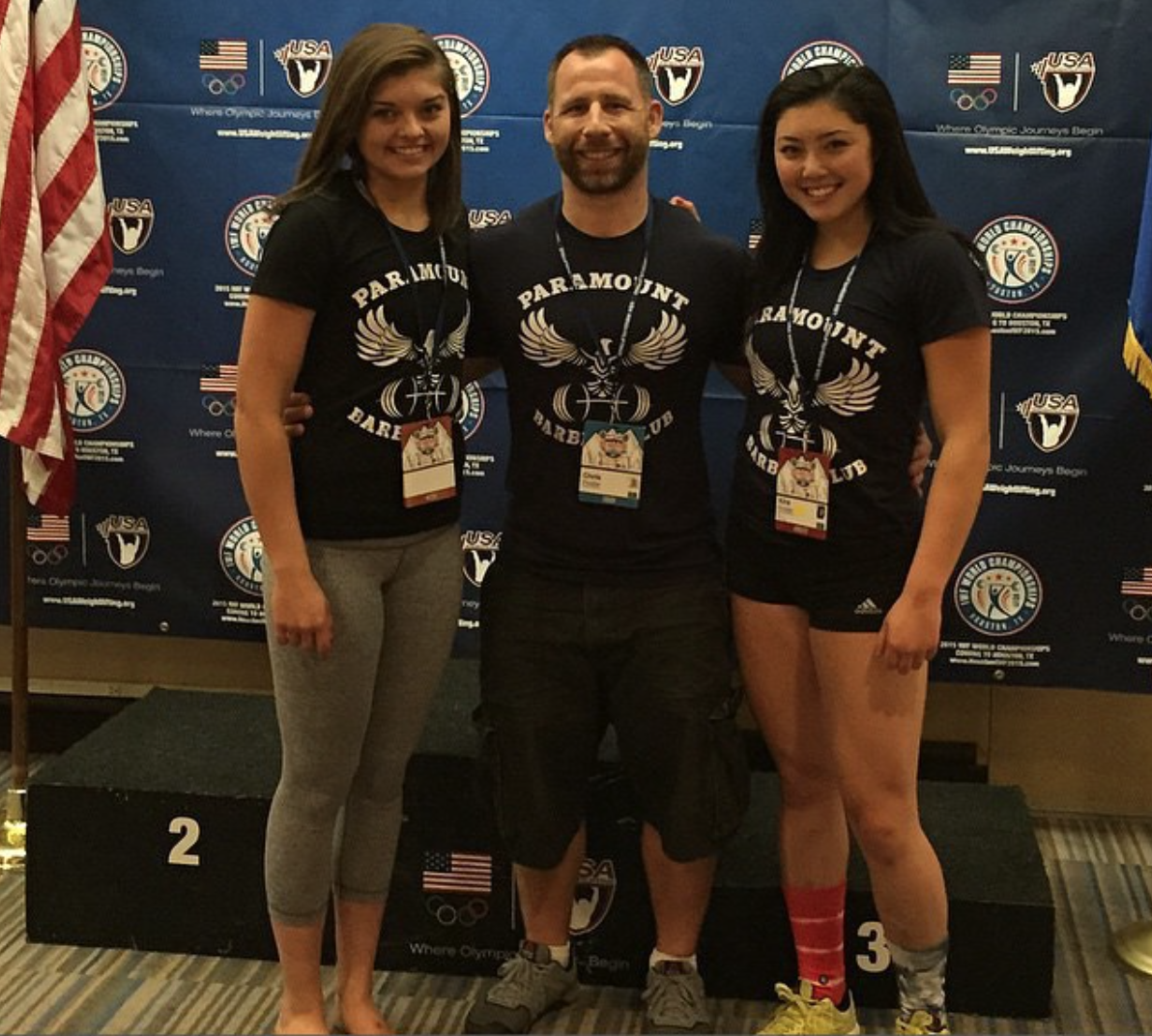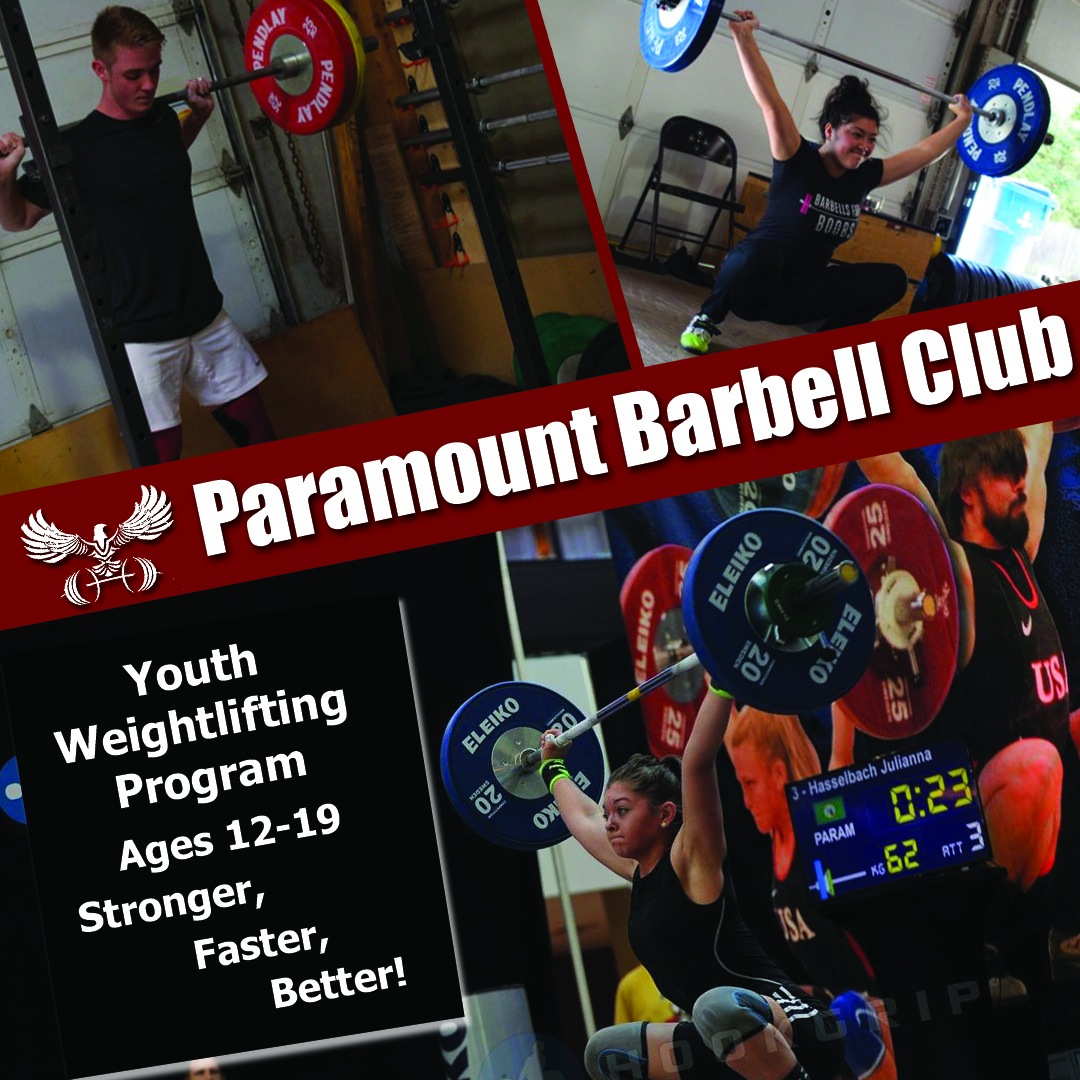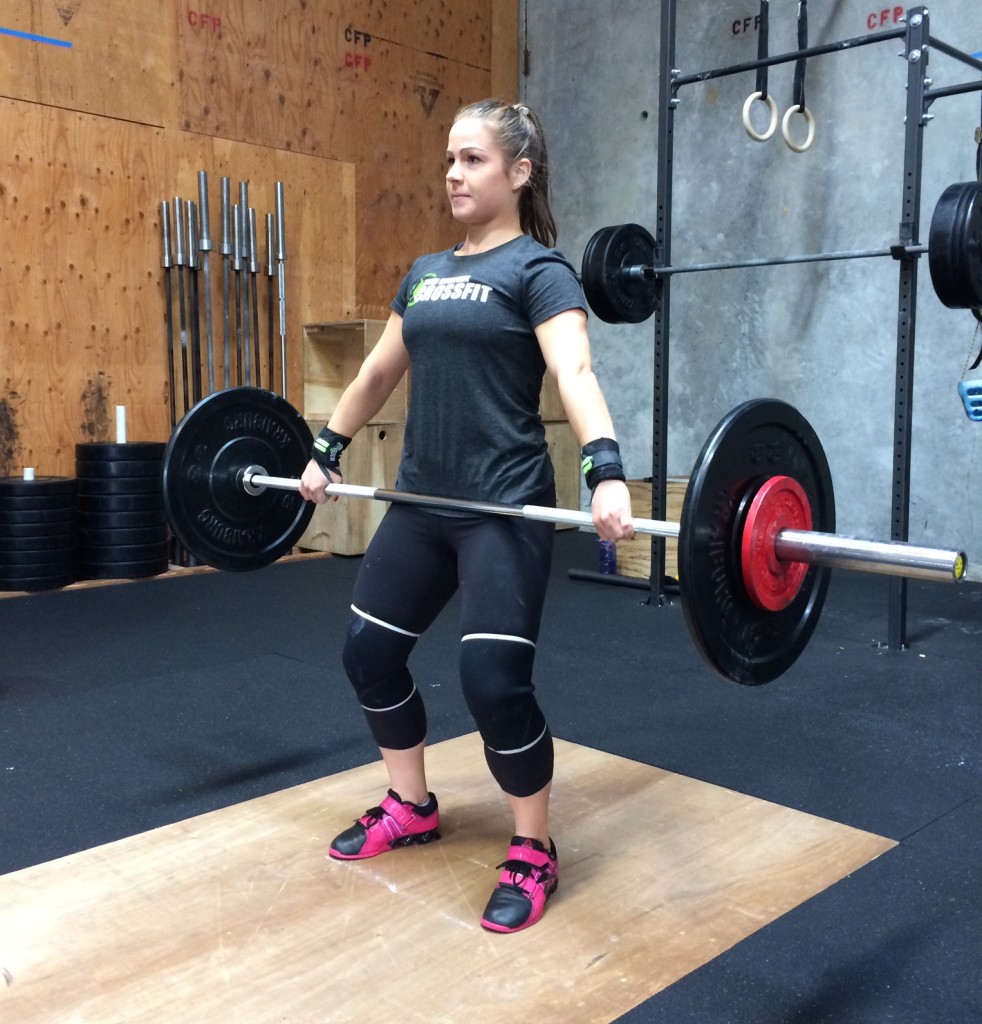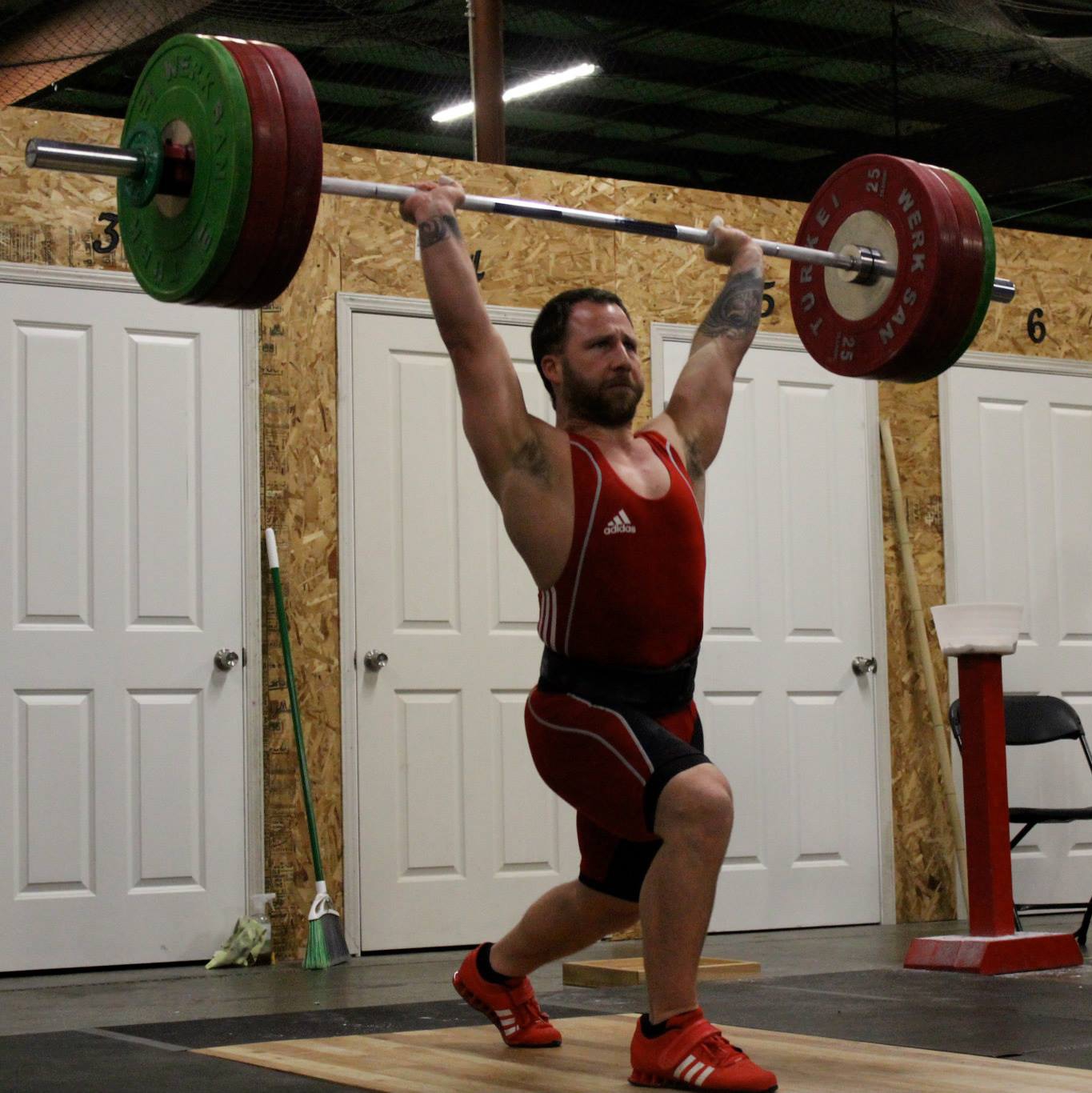These girls did great at Youth Nationals! 3rd overall and 3 bronze medals for Jules in the 58kg class. Then Kira improved her competition total 9kg in just 2 months in the 63kg class. Great job ladies!!! Want to join the team? We are now recruiting youth lifters. Come join our team and be a part of the Paramount success!
